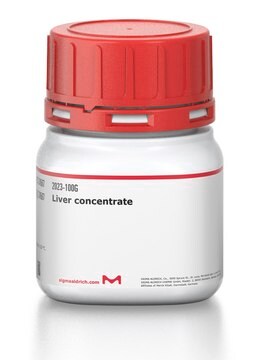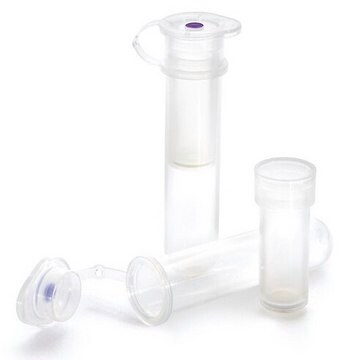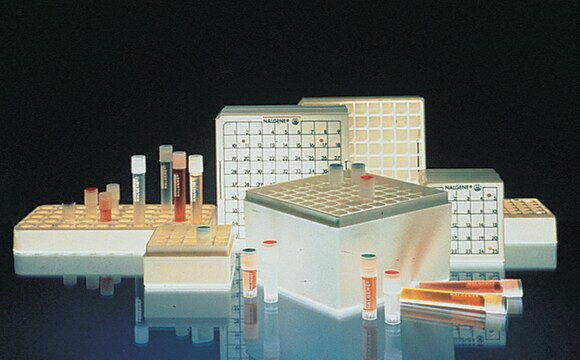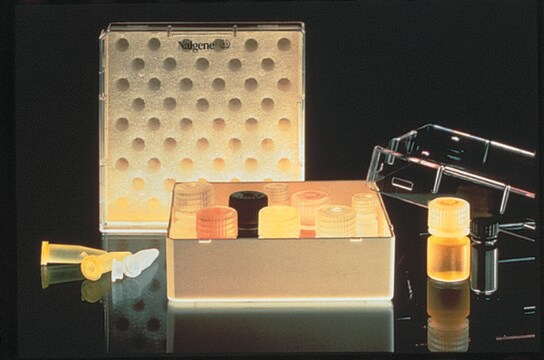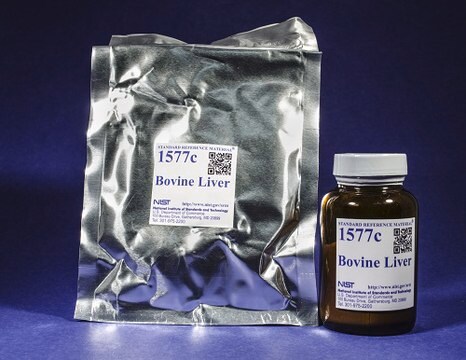推荐产品
種類
Type II
形狀
essentially salt-free, lyophilized powder
比活性
100-300 units/mg solid
儲存溫度
−20°C
正在寻找类似产品? 访问 产品对比指南
應用
Rhodanese (RHOD) is an enzyme that converts cyanide to thiocyanate. RHOD may be useful in ulcerative colitis (UC) research as it has been shown to have detoxifying properties in the colon . Rhodanese is used to study sulfur energy metabolism .
生化/生理作用
Rhodanese (RHOD) is the principal enzyme involved in hydrogen sulphide (H2S) detoxication in the colonic luman .
單位定義
One unit will convert 1.0 μmole of cyanide to thiocyanate per min at pH 8.6 at 25°C.
儲存類別代碼
11 - Combustible Solids
水污染物質分類(WGK)
WGK 3
閃點(°F)
Not applicable
閃點(°C)
Not applicable
個人防護裝備
Eyeshields, Gloves, type N95 (US)
Piotr Sura et al.
Comparative biochemistry and physiology. Toxicology & pharmacology : CBP, 154(3), 180-186 (2011-05-25)
The effect of mercury ions on the level of cysteine, glutathione, sulfane sulfur, and on the activity of rhodanese, 3-mercaptopyruvate sulfurtransferase (MPST) and γ-cystathionase in brain, heart muscle, liver, kidneys, testes and skeletal muscle of adult Xenopus laevis was investigated.
Hossein Tayefi-Nasrabadi et al.
TheScientificWorldJournal, 2012, 648085-648085 (2012-05-26)
Cyanide is one of the most toxic substances present in a wide variety of food materials that are consumed by animals. Rhodanese, a ubiquitous enzyme, can catalyse the detoxification of cyanide by sulphuration reaction. In this study, rhodanese was partially
Avinash Kale et al.
The Journal of biological chemistry, 286(24), 21254-21265 (2011-04-29)
The PEB4 protein is an antigenic virulence factor implicated in host cell adhesion, invasion, and colonization in the food-borne pathogen Campylobacter jejuni. peb4 mutants have defects in outer membrane protein assembly and PEB4 is thought to act as a periplasmic
Eda Koculi et al.
Protein science : a publication of the Protein Society, 20(8), 1380-1386 (2011-06-03)
Nuclear magnetic resonance (NMR) observation of the uniformly (2) H,(15) N-labeled stringent 33-kDa substrate protein rhodanese in a productive complex with the uniformly (14) N-labeled 400 kDa single-ring version of the E. coli chaperonin GroEL, SR1, was achieved with the
Clément Aussignargues et al.
The Journal of biological chemistry, 287(24), 19936-19948 (2012-04-13)
How microorganisms obtain energy is a challenging topic, and there have been numerous studies on the mechanisms involved. Here, we focus on the energy substrate traffic in the hyperthermophilic bacterium Aquifex aeolicus. This bacterium can use insoluble sulfur as an
我们的科学家团队拥有各种研究领域经验,包括生命科学、材料科学、化学合成、色谱、分析及许多其他领域.
联系技术服务部门